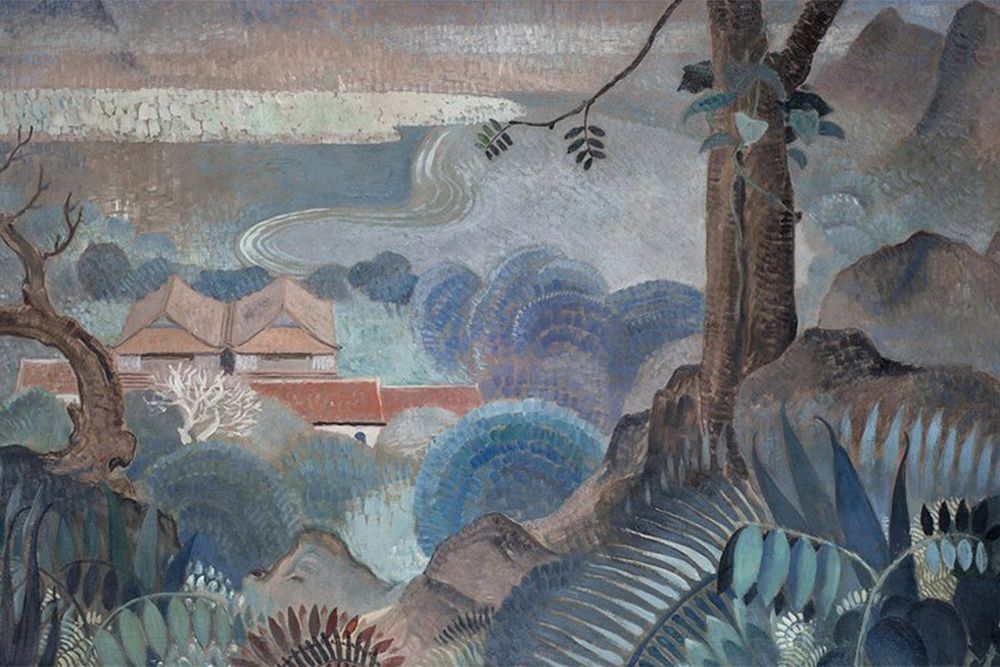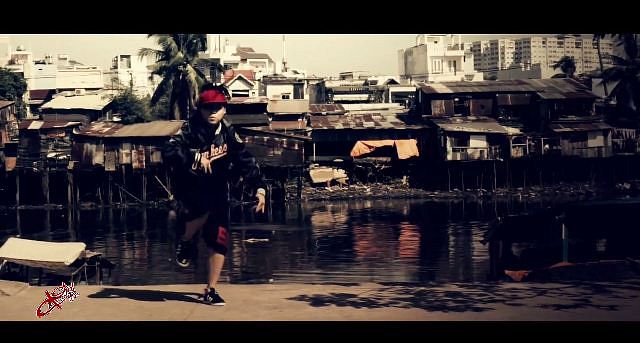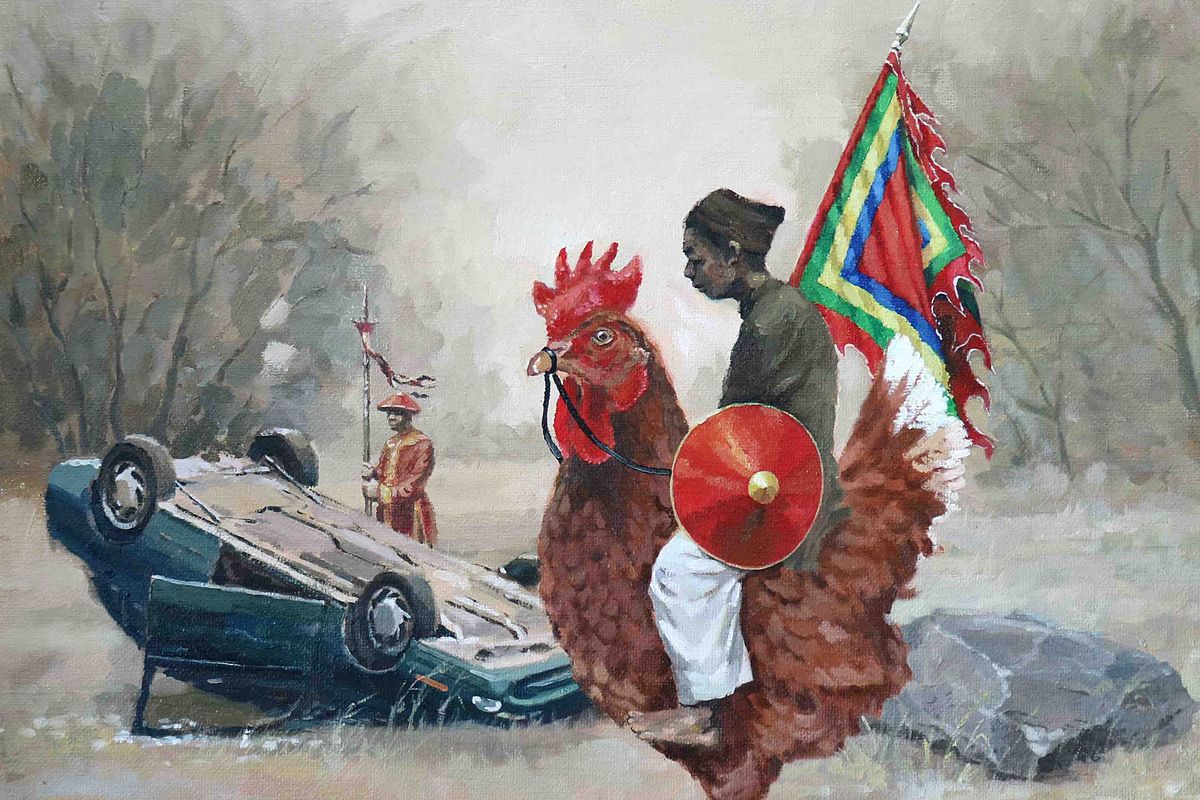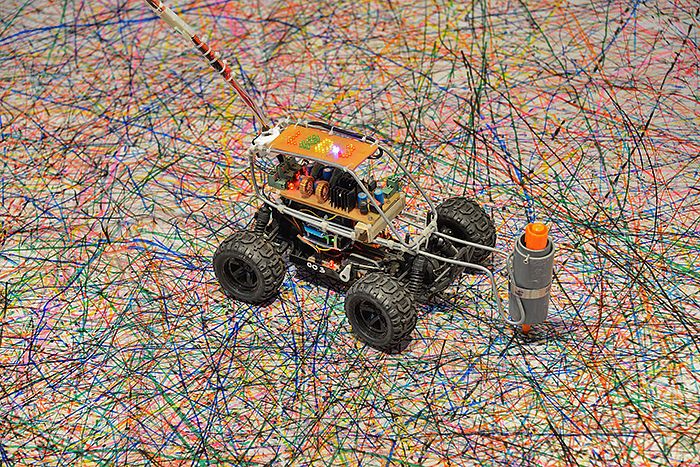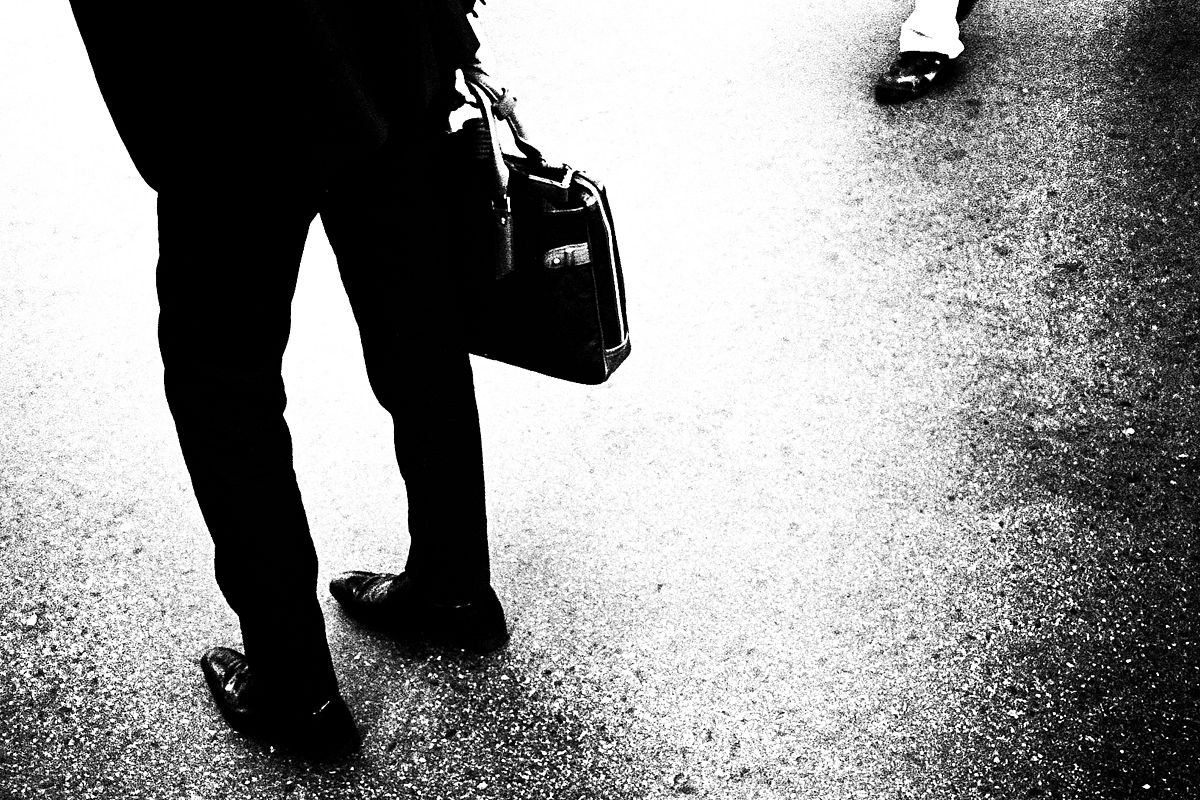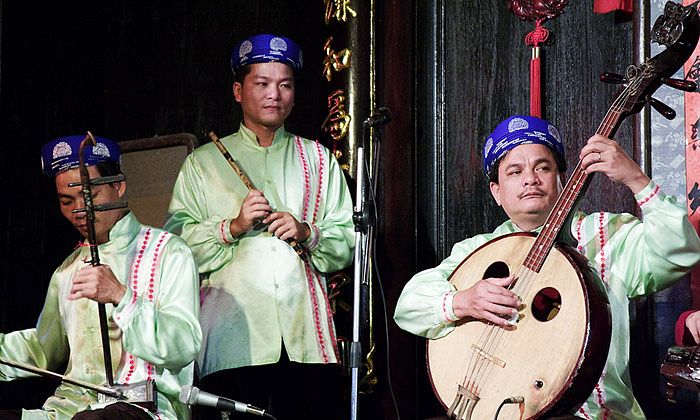“It’s like a nightmare where everything is in slow motion, some lights will appear, then shadows and creature, which could be real but they are abstract.” This is how Parisian painter and graffiti artist, Laurent Judge described his work during our interview for his current untitled exhibition at deciBel lounge.
This is his third exhibition in Saigon, following one at the Fine Art Museum and a private one, ‘Awesome Secrets’ in district 2.
The current collection includes two original canvas paintings and ten laminated prints from reassembled fragments of his previous work, “I wanted to make my art more accessible to the public but at the same time I have only made three copies of each print so they are still unique.” Also for this occasion, he has collaborated with Japanese artist Ayano Otani in experimenting with different creative processes, in particular by exploring how emotions affect their approach to art making, “I can only work at extremes of happiness or sadness but not in the middle. We started to work with acrylic and layers on oil paint, we explored the feeling of darkness and obscurity which allowed us to express ourselves.”
Laurent’s creative output started at an early age, precisely when, at the age of six, he went to see an exhibition about Miro’. It was then that he understood what he wanted to do in his life and he recalls that he started drawing immediately after that.
While in high school he became involved in the underground world of graffiti and street art where he quickly established a collaboration with a group of artists that wanted to break away from the stereotypes often attached to street art “some of them [street artists] make quick pieces just for fun or that follow the repetitive guidelines of graffiti because they are easily likeable, commercial and they please the eye at the first glance. I wasn’t interested in that.”
Marketing and commercialisation of art are still aspects that trouble him about the art world, “I accept different ways of being but in my opinion artists should not make art for sell but rather just art for art”. During our interview we joked about the fact that Saigon might not be the ideal place for his views and in fact, you will not find any other paintings like his in town. The powerful colour, the richness of the details and the multiple stories than can be seen behind each piece, the presence of hidden symbols and finally the predilection of abstracts over figurative representations make his work stand out from the typical exhibitions proposed in town.
Despite still considering himself a graffiti artist, he has been painting for more than ten years “when you make graffiti the process is more immediate while in paintings you can reflect on it and go back the next day and change the work, if you want. Paintings are more intimate, more intellectual because they allow me to deal with the issues slowly.”
In some of his paintings there is still the spirit of the graffiti – paints dripping down, the brightness of the colours and splashes – but without the aesthetic of the graffiti, “my paintings are a bit degraded in a sense that they break the typical codes of perfect illustrations that are often found in street art. When making art, you need to know the foundation, the techniques but then you have to destroy them, mix them up and reinvent them. It is good to learn the processes behind but then I follow my instincts. Spontaneity is a key aspect because for me it equals life.”
Music has been an essential source of inspiration for Laurent, especially during the art making process, he listens to all sorts of music - Tibetan chants, Japanese electro, sacred music and classic – as long as it is good quality music “when I am working the energy of the music recharges me, inspires me. I sometimes follow the rhythm; music can take you to another stage of consciousness”.
He has exciting projects in store but I am not allowed to reveal them yet, so in the meantime you can view his work at deciBel Lounge and one of his graffiti in an alley just off Le Than Ton Street in dist.1


